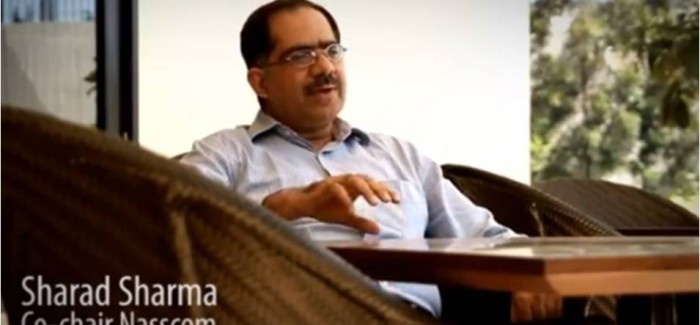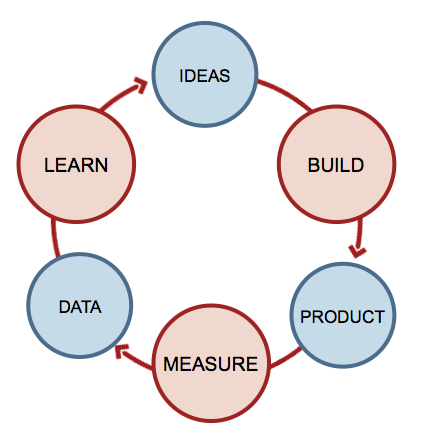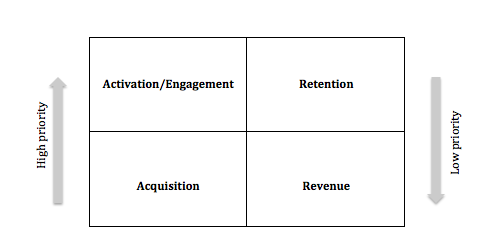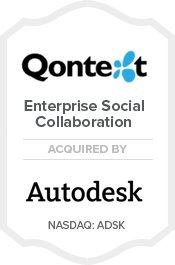Every now and then, we hear people arguing about building “Microsoft” and “Google” of India. Companies like Microsoft, Google have built up incredible technologies and their contributions in improving our life is significant. When started, they started with big vision, a tough and relevant problem to solve, and brilliant team behind the vision. While I cannot look into minds of founders of those companies and say what they were thinking, the problems they chose to solve had enormous relevance and potential at their time and place.
When some people talk of building product companies, they want to build another “Facebook”, another “Google”, etc. And some people want to build “Valley” here in Bangalore or Hyderabad. If all we’re doing is trying to build another “Google”, replicate ecosystem of “Silicon Valley” here in an Indian city, sorry people. Your attempts are futile. Suppose we go to Kashmir, and like apples very much there. We come back to Karnataka, want to grow apples. Can we grow apples here? No. Climate, and soil conditions in Karnataka is different from that of Kashmir. If we are still trying to grow apples in Karnataka, we’re just wasting our time and effort. But Karnataka grows sandalwood. This is a tree that grows here very well. And we can grow best Sandalwood in the world.
Don’t mistake the analogy here. I’m in no way suggesting that Indians can’t build a technological giant such as Google or Facebook. What I mean is, we should not build product companies for the sake of it. If you can solve a problem really well without building a product, and build a great business out of it, that should be the way. When we’re building a company or building ecosystems, we’ve to encourage startups to be best in what they are building or doing. It doesn’t really matter after a point if you are building a product or offering a service, what matters is quality of your work. It should solve real problems of the people. In doing so, it only makes sense to utilize existing ingredients of ecosystem to the fullest.
What we should aim at is building a culture of solving problems and solving efficiently. To solve a big tough problem, if we’ve have to build a product for that, we’ll build a product. If we’ve to invent, we’ll invent. If we have to offer an innovative service, we’ll do that. Once we start solving big problems, once we start setting standards of excellence in everything we do, may be we’ll realize product companies are by-products.
Guest Post Contributed by Mahesha Hiremath, Boson Research




















